Over the last few years, you’ve probably heard of an initiative that seems contrary to the capitalism often associated with holiday shopping. In contrast to the plethora of promotion persuading us to buy more, “GivingTuesday” boldly encourages people to give to others. The day targeted for philanthropy is typically the Tuesday after Thanksgiving; this year it’s December 3.
GivingTuesday’s website describes the initiative, which began in 2012, as “a global generosity movement” that “inspires hundreds of millions of people to give, collaborate, and celebrate generosity,” “unleashing the power of people and organizations to transform their communities and the world.”
Those are admirable and far-reaching claims, but is it really possible to market giving?
For many people, marketing is inextricably linked to buying and selling products, so much so that ‘marketing giving’ seems like an oxymoron, along the lines of jumbo shrimp and civil war. If people give their money, they’re not spending it, which may seem antithetical to marketing.
However, marketing concepts can be applied to virtually any endeavor. Besides marketing physical goods, like food, and intangible services, like haircuts, organizations and individuals can market ideas like “Don’t drink and drive” and mindsets like “Do well in school.”
So, there’s no reason that giving can’t be marketed, but effective marketing must include more than just a simple message like “give!” Most of us have seen similar appeals in social media and elsewhere. GivingTuesday, however, has created what many would consider to be a full-fledged marketing plan, incorporating each of the iconic Four Ps:
- Product: Unlike receiving something tangible in return when one shops, GivingTuesday promises intrinsic rewards like satisfaction from providing greater dignity and opportunity for others and helping to build “a more just and generous world.”
- Price: The cost of GivingTuesday is up to the organization and individual. While some might give millions, the average online gift is $105.55, but money isn’t the only thing that can be given. Participants also can donate goods or volunteer their time to serve others.
- Place: As the previous P implied, GivingTuesday can occur virtually anywhere in the physical world or in the virtual realm in a variety of ways. Meanwhile, having a specific date, the first Tuesday after Thanksgiving, helps build consistency, as well as create some sense of urgency, which is often needed in order to encourage consumers to act.
- Promotion: “GivingTuesday” is a memorable moniker that likely builds brand recognition and supports understanding of the initiative through paid and earned media. GivingTuesday’s website also offers a variety of helpful resources for organizations and individuals inclined to participate, e.g., “Ideas and Case Studies” and a “GivingTuesday Toolkit.”
Those are strong inputs, but what matters ultimately for marketing are outcomes, and at least one person believes GivingTuesday isn’t effective for many organizations.
In an article in the Fundraising Authority, Joe Garecht praises GivingTuesday as “a noble effort,” yet he discourages nonprofits from participating in the initiative, particularly small and mid-sized ones. His rationale includes reasons such as an overabundance of organizations asking for gifts at the same time and the encouragement of one-time “spot giving” versus building long-term donor relationships.
Garecht raises some valid concerns, particularly related to potential return on investment; however, if his two arguments mentioned above were applied to organizations marketing traditional products, companies wouldn’t participate in the holiday shopping season because: 1) their promotions would be lost among those of other companies advertising at the same time, and 2) first-time transactions wouldn’t lead to future purchases. Clearly that rationale doesn’t apply to most for-profit firms during the holidays, and it probably isn’t relevant for many nonprofits either.
Instead, GivingTuesday appears to be an initiative that keeps gaining momentum. Among nonprofit participants who seem to find the program productive are World Vision, the American Red Cross, and St. Jude. All together, GivingTuesday saw 3.6 million gifts given in 2018, including $400 million online. In the U.S. alone, GivingTuesday has raised over $1 billion since 2012.
In his 1789 sermon titled “The Use of Money,” English cleric and theologian John Wesley famously urged listeners to “earn all you can, save all you can, and give all you can.” In a 21st century sense, Wesley was ‘marketing’ giving. Marketers today have many more tools at their disposal, yet any tactics that encourage organizations or individuals to give of their money or time to help others in need can be considered “Mindful Marketing.”
Learn more about the Mindful Matrix and Mindful Meter.
Check out Mindful Marketing Ads and Vote your Mind!

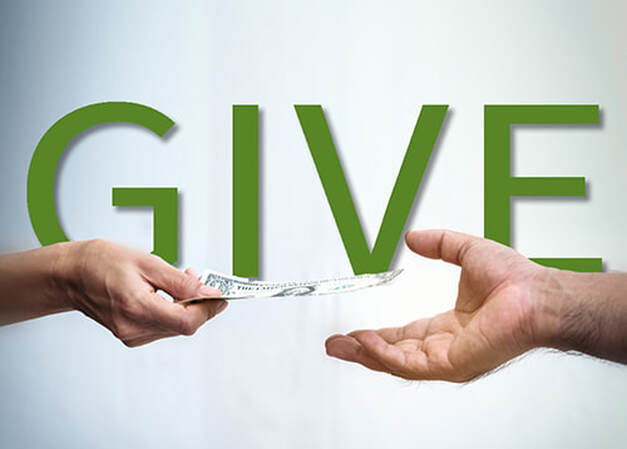
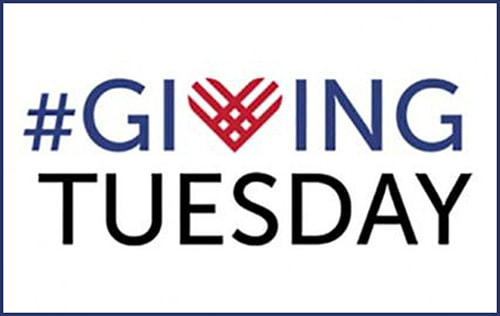
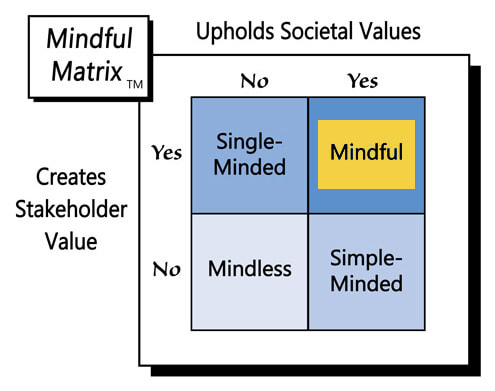



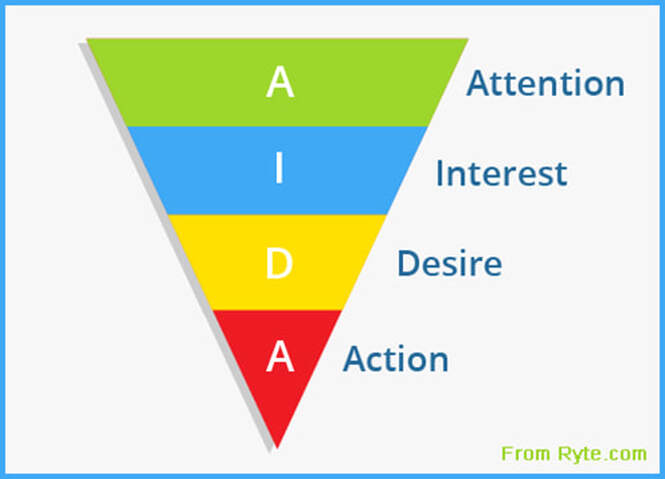
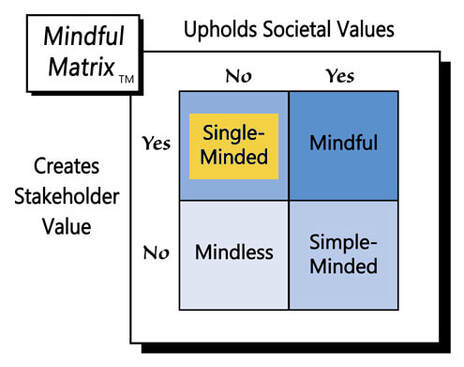
 RSS Feed
RSS Feed